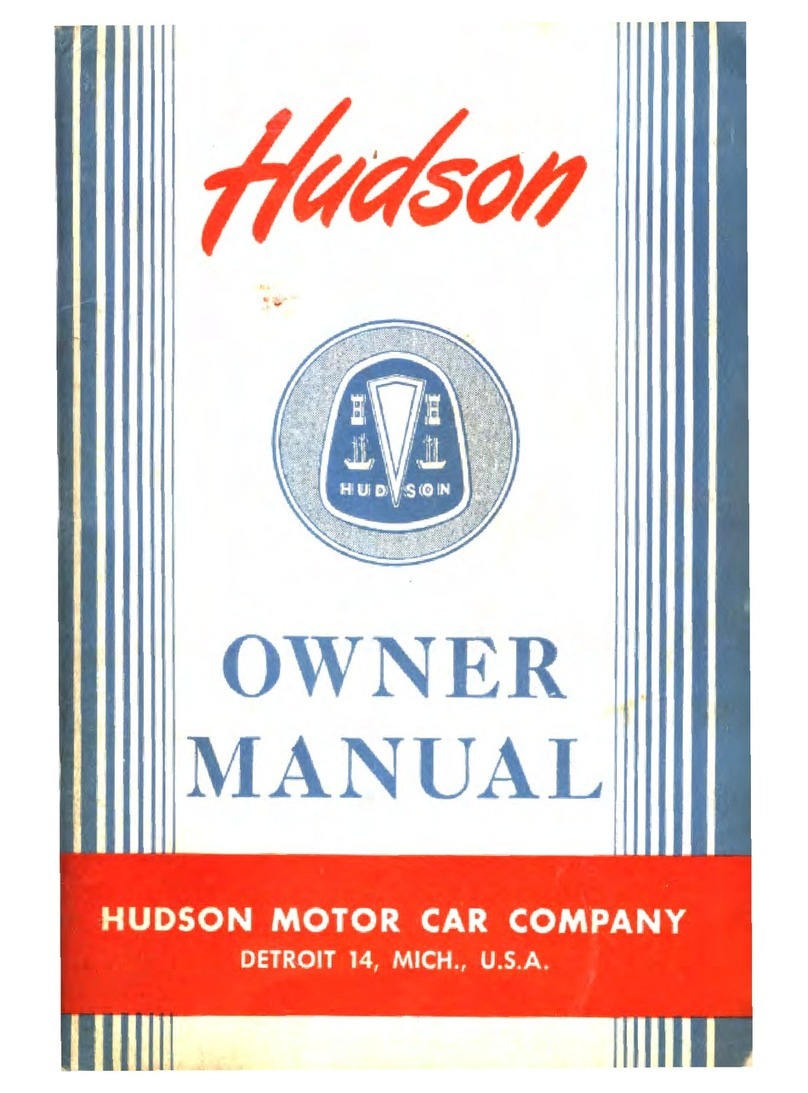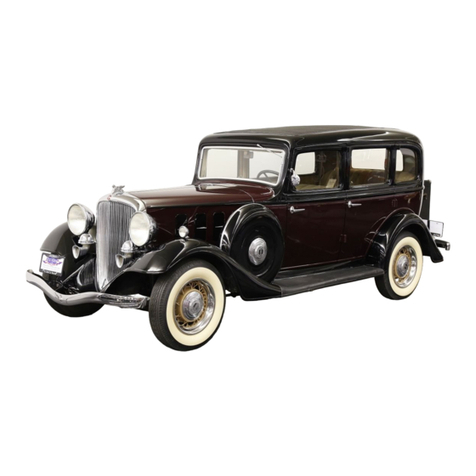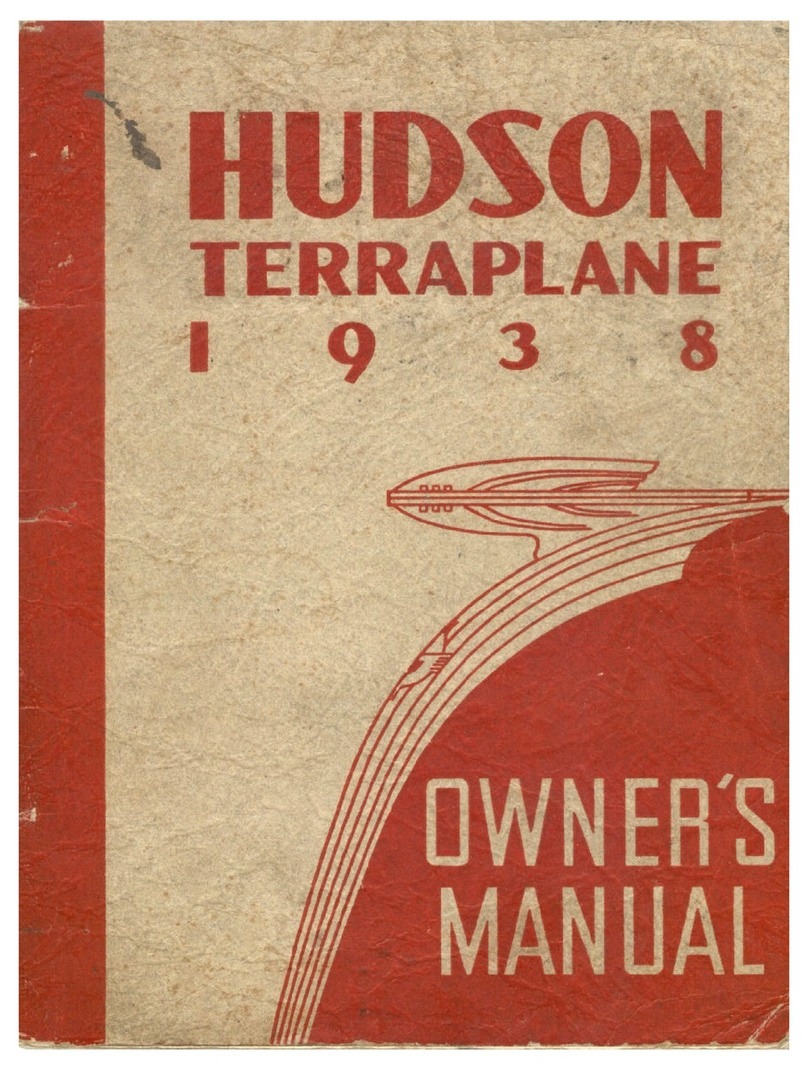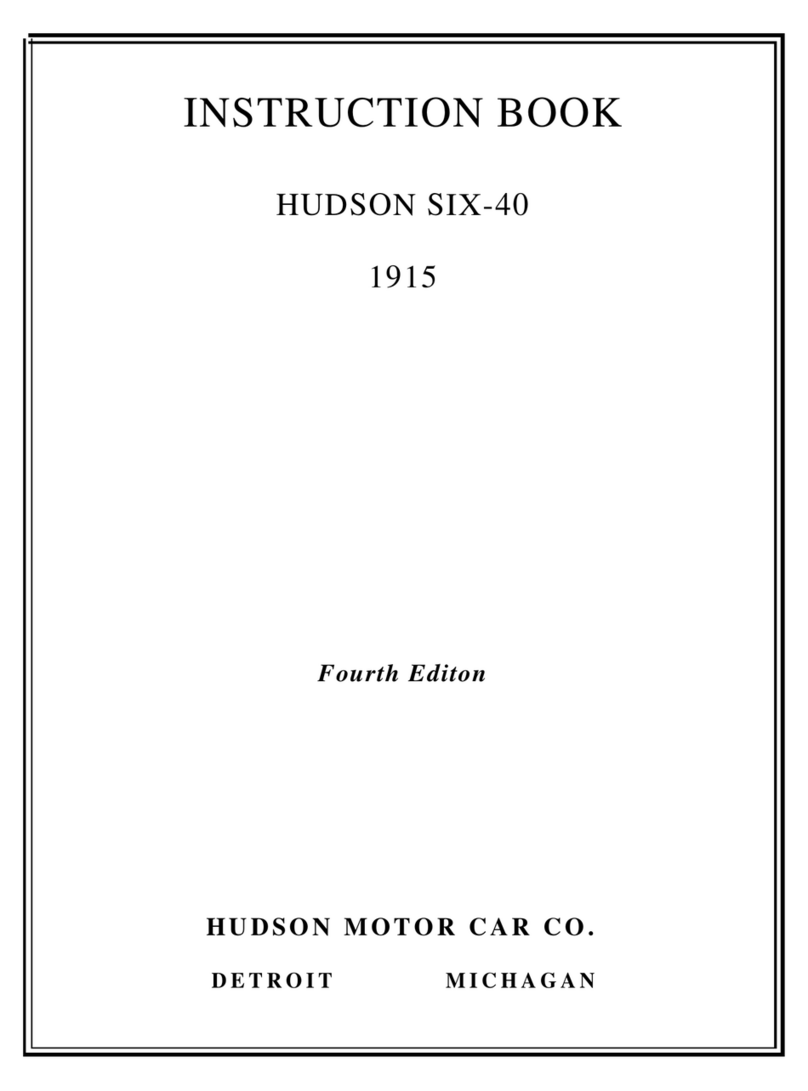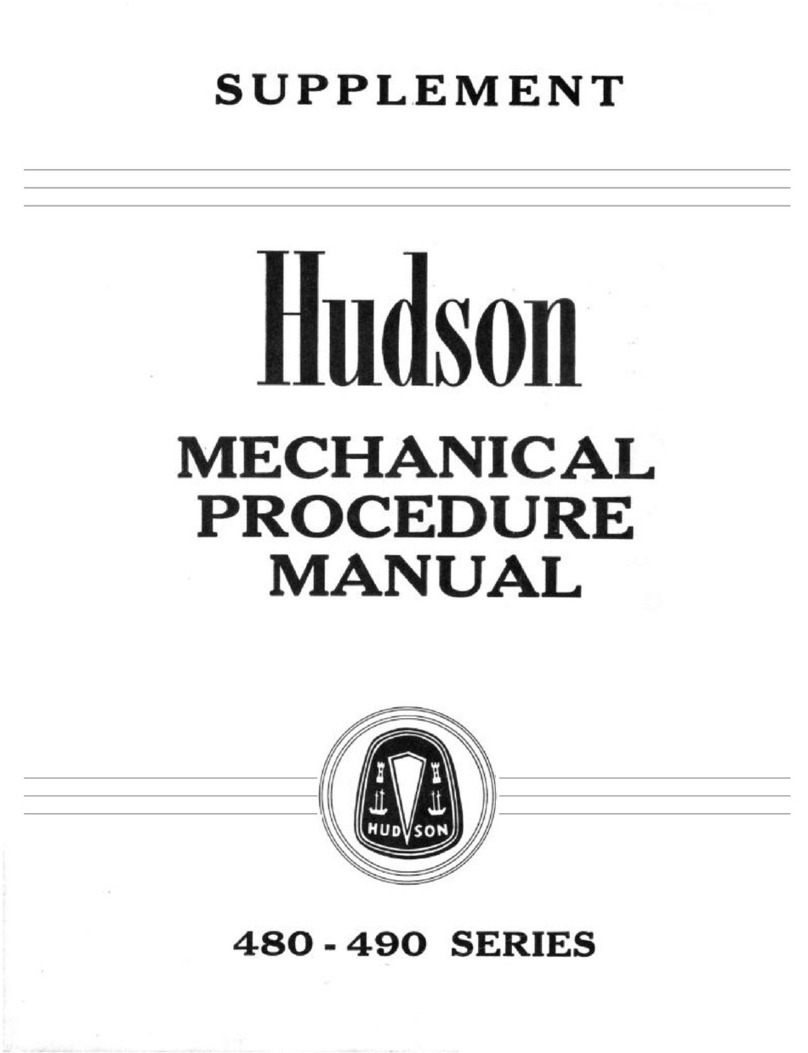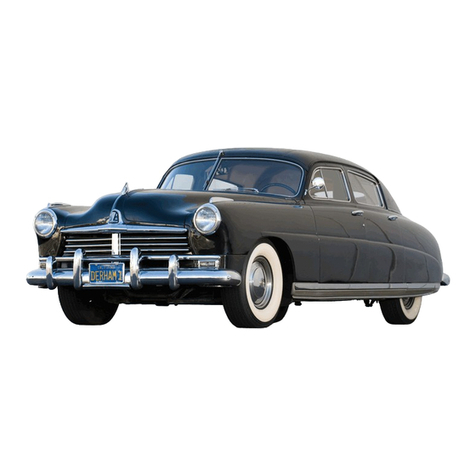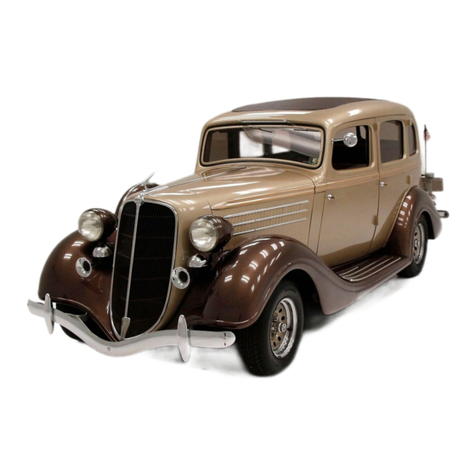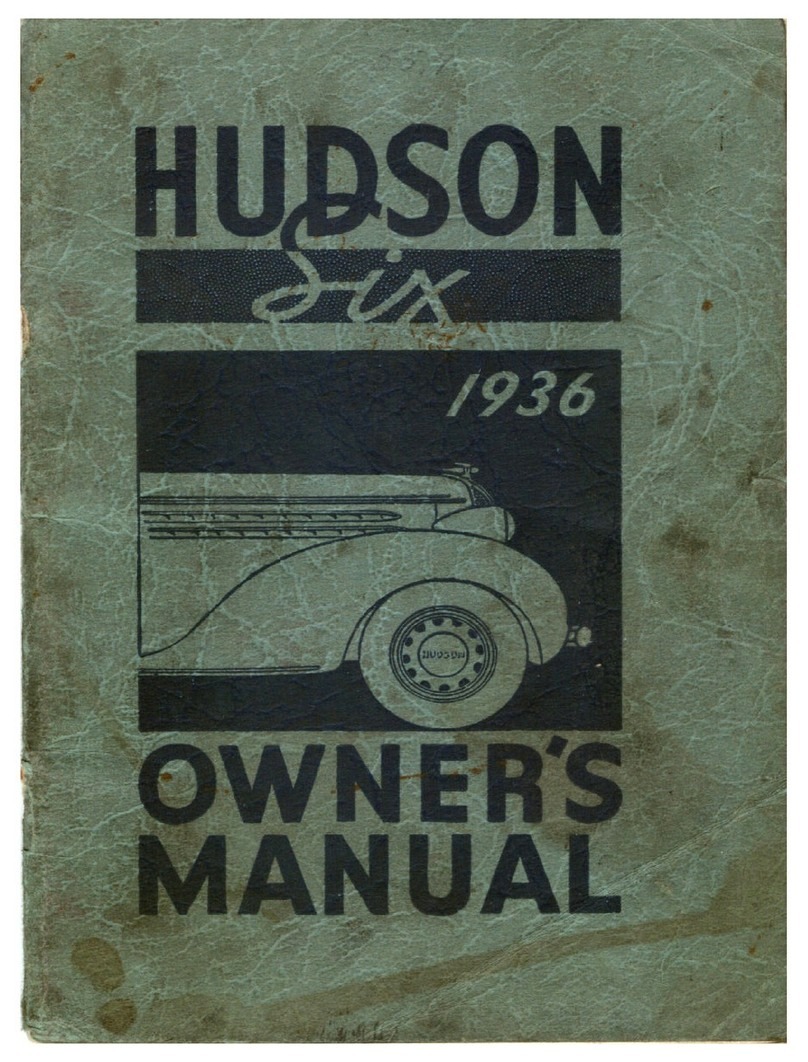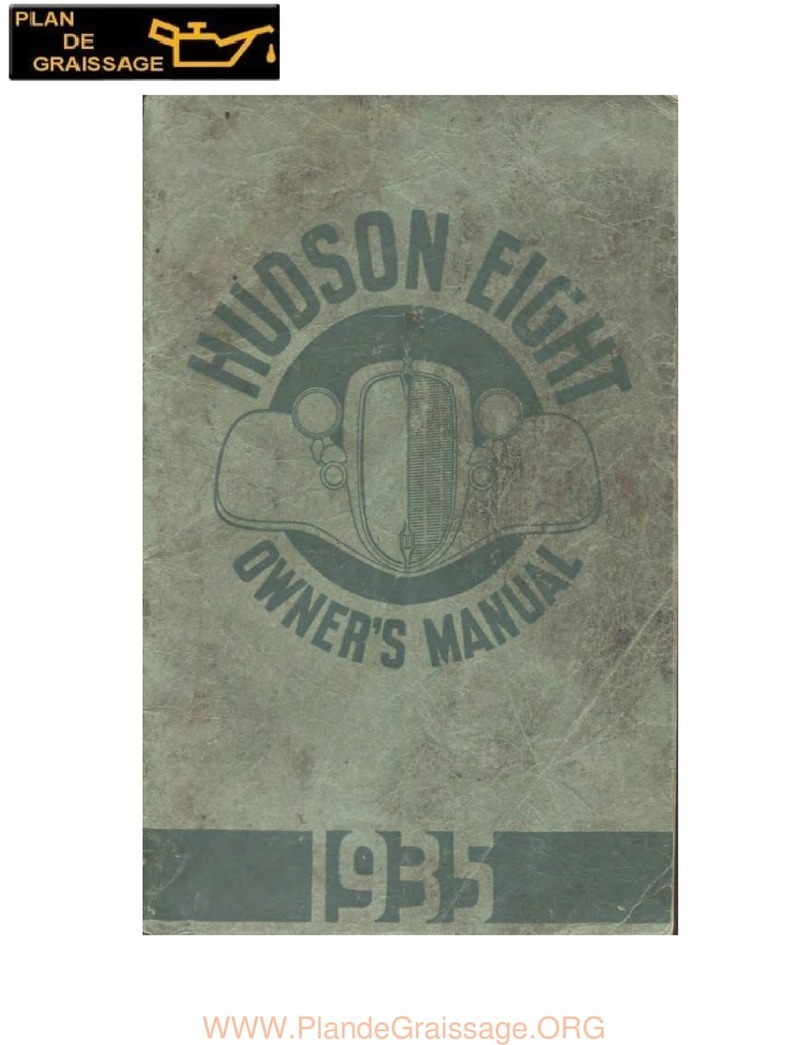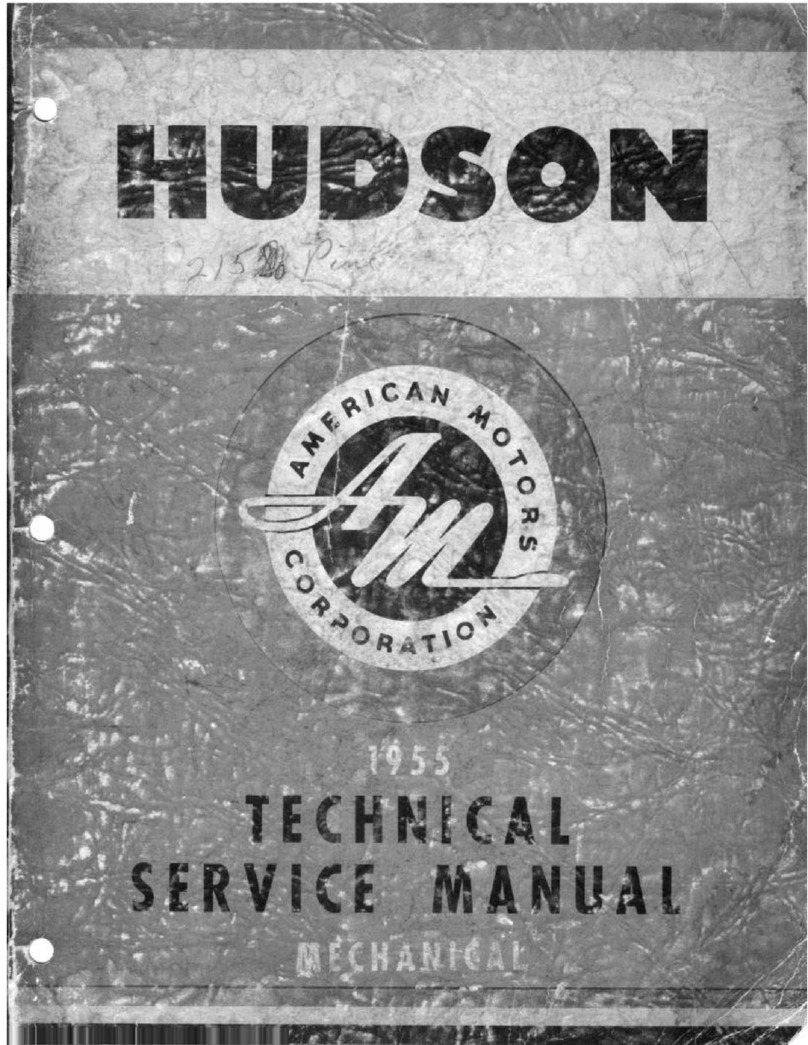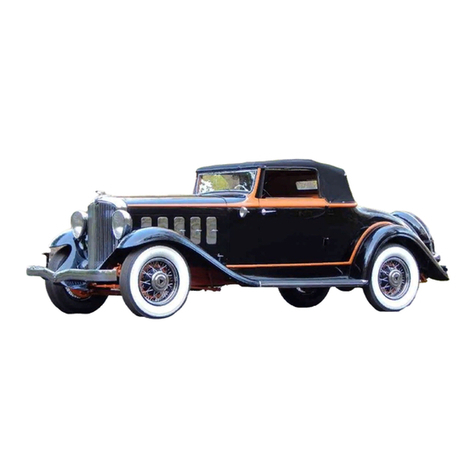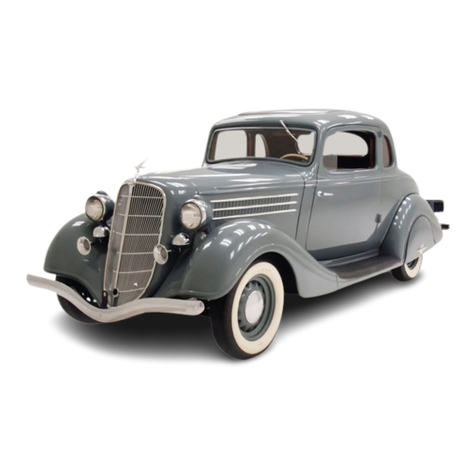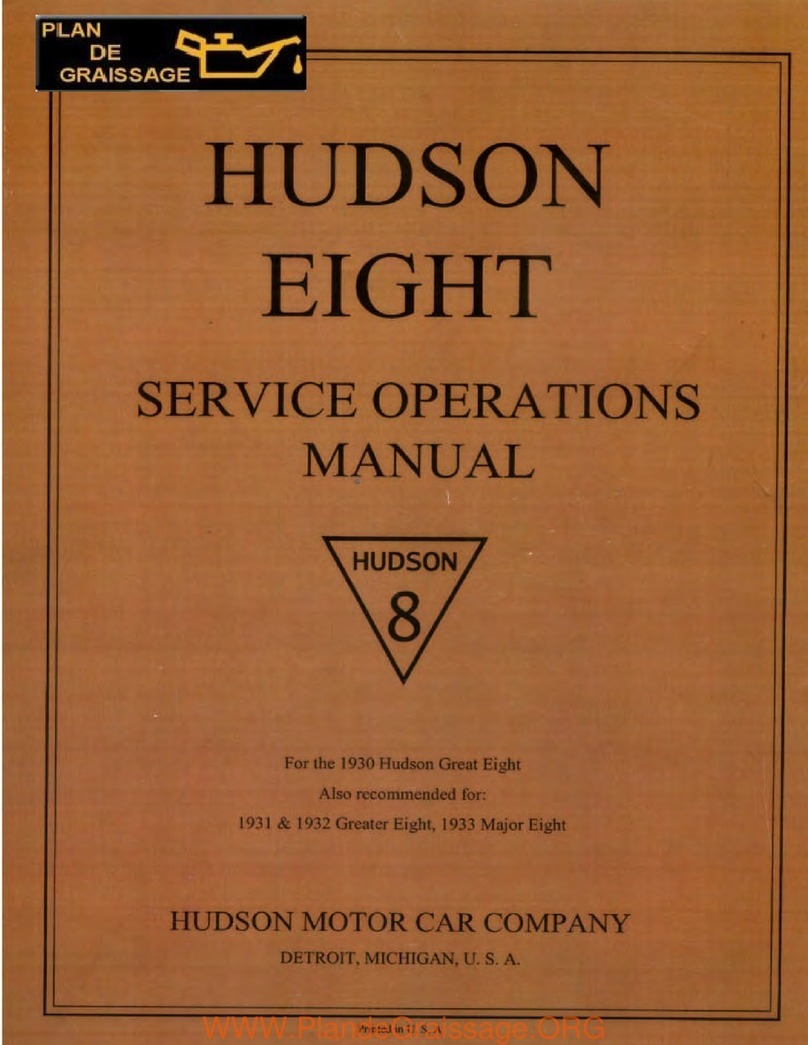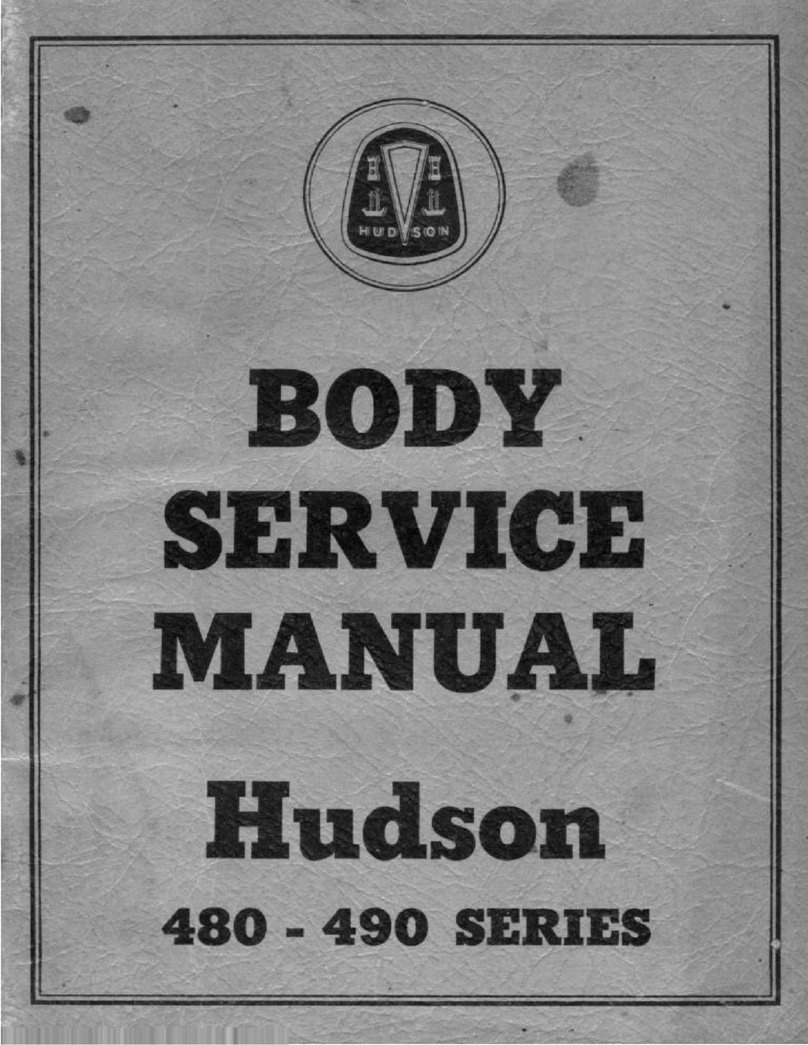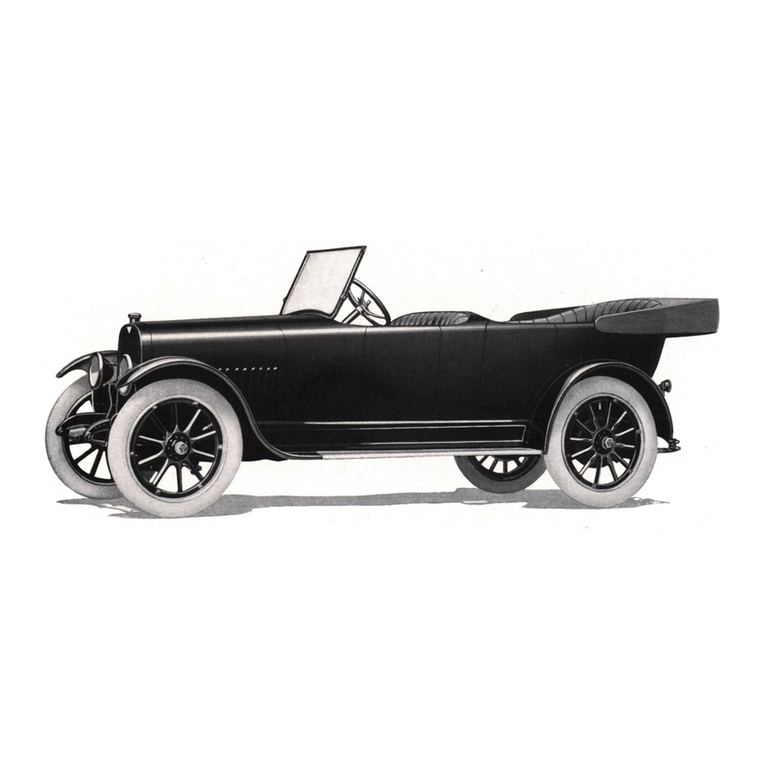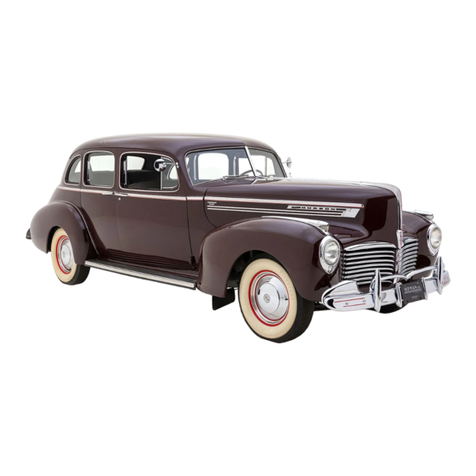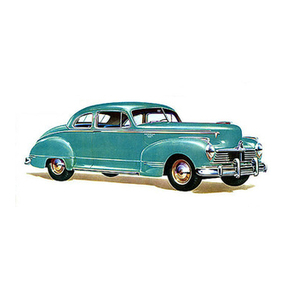
VII
ALPHABETICAL INDEX - CONTINUED
Group Page Group Page
11 REAR AXLE (WELDED COVER TYPE) - Cont'd.
Ratios
Installation
Removal
Specifications
14 SPRINGS, SHOCK ABSORBERS & STABILIZERS
Front Coil Springs
Installation
Removal
Front Lateral Stabilizer
Removal
Lubrication
Rear Lateral Stabilizer
Riding Height and Coil Spring Sag
Rear Springs
Assembly
Installation
Rear Spring Shackle Identification .
Shock Absorbers
Specifications
13 STEERING GEAR
Adjustments
Steering Gear
Worm Bearing
Center Steering Arm
Installation
Removal
Construction
Drag Link
Adjustment
Installation
Removal
Gear Shaft
Horn Ring:
Installation
Removal
Jacket Tube and Bearing
Lubrication
Pitman Arm:
Installation
Removal
Specifications
Steering Gear:
Adjustments
Disassembly
Inspection
Installation
Removal
Steering Gear Alignment
Steering Wheel
Installation
Removal
Trouble Diagnosis
8 TRANSMISSION (MANUAL TYPE-SINGLE
SHIFT LEVER)
Cover Baffle
Disassembly
Gear Shift
Gear Shift Control Lever Push Rod
11-1
11-15
11-4
11-1
14-2
14-2
14-2
14-6
14-6
14-5
14-7
14-2
14-3
14-3
14-4
14-4
14-5
14-1
13-9
13-9
13-10
13-11
13-11
13-11
13-1
13-8
13-9
13-8
13-8
13-8
13-2
13-2
13-5
13-2
13-8
13-7
13-1
13-9
13-6
13-9
13-7
13-6
13-10
13-2
13-2
13-2
12 -12
8-9
8-17
8-18
8 TRANSMISSION (MANUAL TYPE-SINGLE
SHIFT LEVER) - Continued
Inspection and Repair
Installing Transmission
Lubrication
Reassembly
Assembly of Synchronizer
Countershaft
Countershaft Gear Cluster
Main Drive Gear
Main Shaft Assembly
Reverse Idler Gear and Gear
Cluster
Selector and Shift Shaft Levers
Shifter Rails and Forks
Reverse Idler Gear
Selector and Shift Shafts
Specifications
Speedometer Gear Housing Seal
Transmission Ball Bearings
Transmission Case Breather
Transmission Removal from Car
Trouble Shooting, Servicing the
Transmission
Construction
Countershaft Gear Cluster
Countershaft Installation
Disassembly
Drive Gear Bearing Retainer
Inspection
Mainshaft Assembly
Mainshaft Drive Gear Assembly
Mainshaft Rear Bearing Retainer
Removal & Installation of Handy-Shift
Control Tube & Fulcrum Bracket
Assembly and Adjustment
Reverse Idler Gear
Shift Shafts & Interlock
Specifications
Transmission Installation
Transmission Reassembly
Transmission Removal
16 WHEELS AND TIRES
Balancing the Wheel and Tire
Brakes
Decimal Equivalents
Dismounting Tires
Front Wheel Bearing Adjustment
Minimizing Tire Wear
Mounting Tires
Specifications
Tightening Wheel Hub Bolts
Tire Inflation
Tire Wear
Wheel Bearings
Wheel and Tire Balance
Wheel and Tire Run-Out
8-8
8-13
8-4
8-10
8-11
8-12
8-9
8-11
8-11
8-10
8-10
8-12
8-10
8-10
8-1
8-10
8-9
8-8
8-4
8-14
8-19
8-25
8-26
8-22
8-27
8-24
8-26
8-26
8-27
8-29
8-26
8-25
8-19
8-27
8-25
8-22
16-1
16-4
16-6
16-4
16-4
16-3
16-5
10-1
16-5
16-3
16-3
16-4
16-1
16-4
8 TRANSMISSION (MANUAL TYPE-DOUBLE
SHIFT LEVER)
